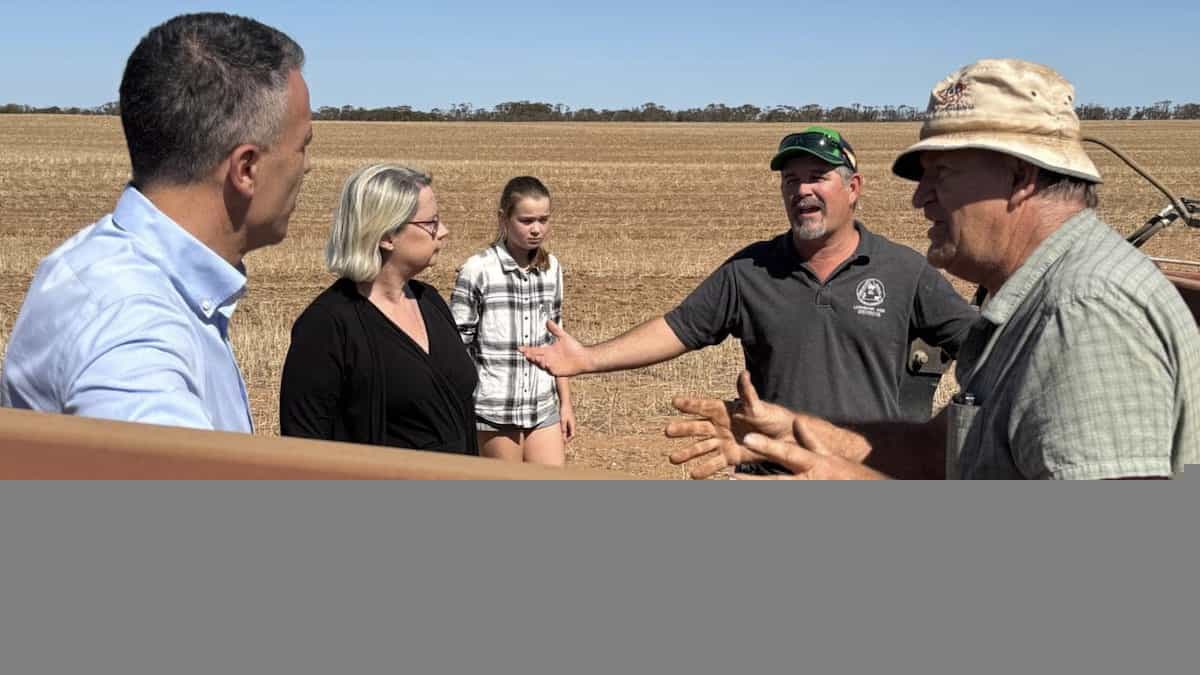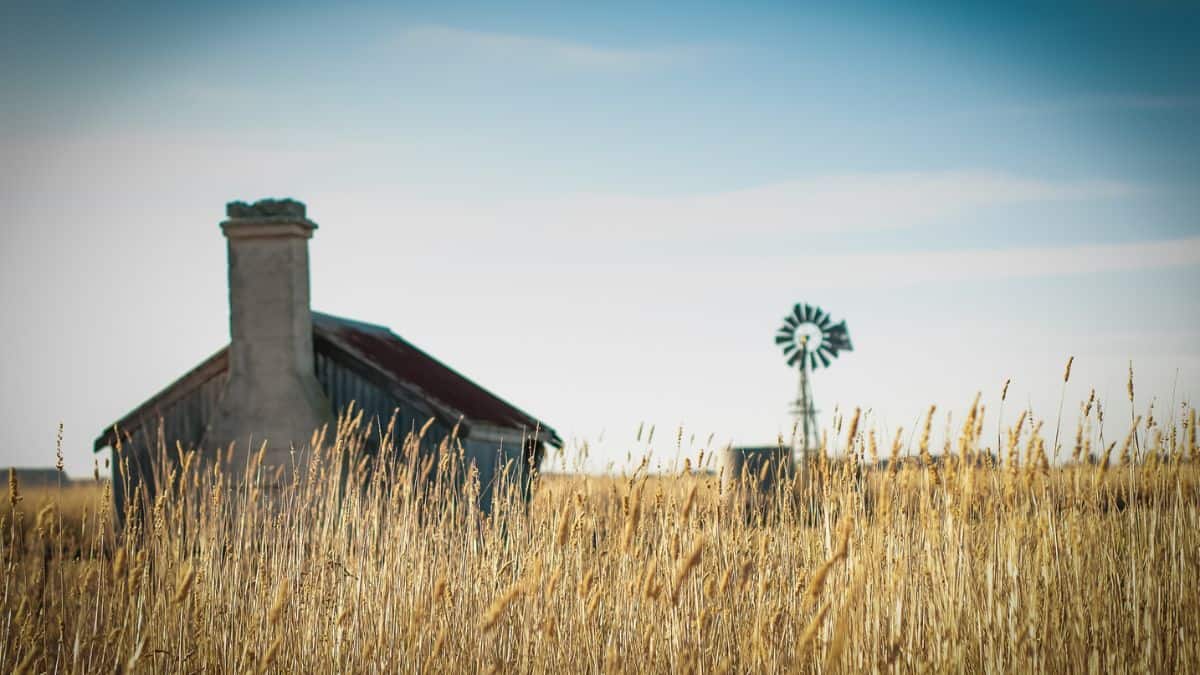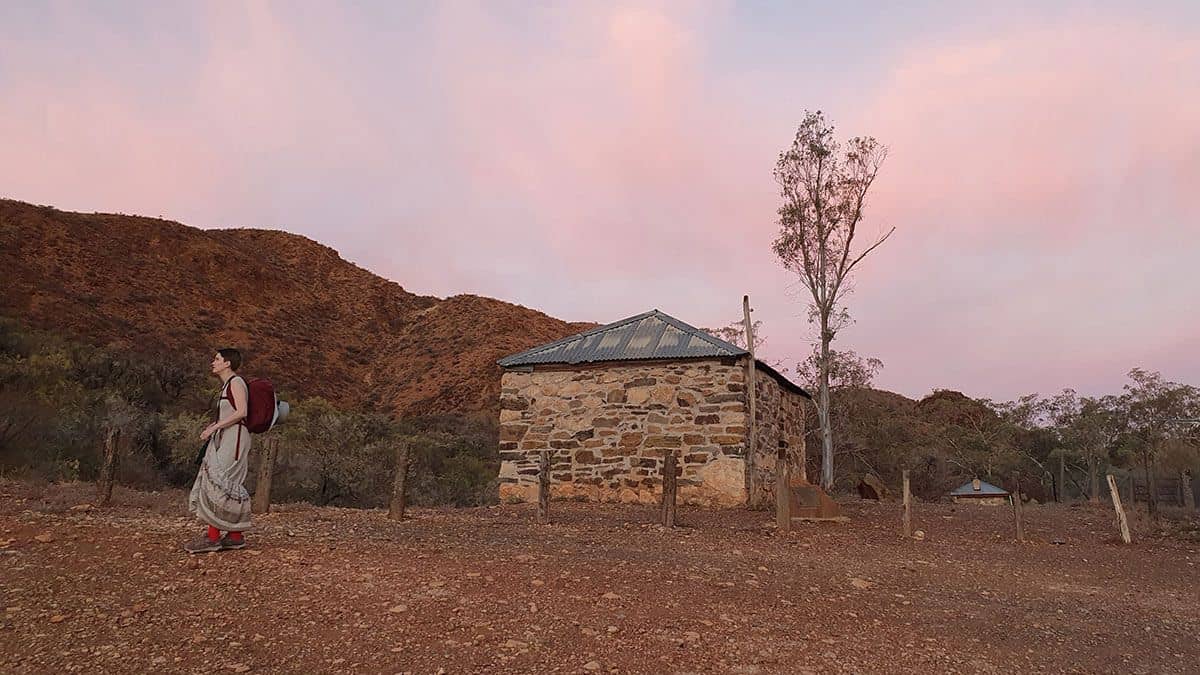The State Government has announced the passing of a “landmark legislation”, unlocking the potential development of tens of thousands of new homes across the state, but for South Australia’s agriculture sector, it’s “a dark day”.
Changes to Environment and Food Production Areas (EFPA) to align with the recently released Greater Adelaide Regional Plan (GARP) will allow for around 61,500 new dwellings at Roseworthy, Two Wells, Murray Bridge and Victor Harbor – a move that Minister for Housing and Urban Development, Nick Champion, says is a “massive moment for South Australia’s future”.
“More homes mean more jobs, stronger communities and a more inclusive economy,” Champion said.
“This reform ensures we will have the land and the infrastructure in place to deliver the homes South Australians will need for generations to come.”
But with the cropping land now lifted for housing development, Grain Producer SA CEO, Brad Perry, says “it’s a dark day for the grain industry and agriculture more broadly, with EFPA protections amended through the very Parliament that set them.”
“Prime cropping land in areas such as Roseworthy, now open for development,” Perry said. “I’ve been contacted by a number of grain producers in the Roseworthy and surrounding areas who are devastated by this decision and will now assess their future in the industry with the prospect of developers constantly knocking on their door.
“When will agricultural land be made a priority and governments stop looking for alternative uses for it? After all, South Australian grain producers are not only feeding the world but contributing significantly to the state’s export economy. Where does this contribution rank in importance?”
The change in legislation will allow for 43,800 new houses in Roseworthy and Two Wells, 10,400 at Murray Bridge and 7,000 at Victor Harbor and Goolwa.
According to the Malinauskas government, new changes will help South Australia meet both current and future housing demand while maintaining the integrity of South Australia’s most productive agricultural land.
“Unlocking more land for housing across Greater Adelaide is a vital step toward tackling South Australia’s housing affordability crisis,” the Housing Minister said. “Over the next 30 years, South Australia will need approximately 315,000 more homes to accommodate an extra 670,000 people so our state can reach its full potential. The State Planning Commission will continue to review EFPA boundaries every five years, ensuring ongoing protection for areas of rural, environmental, and food production significance while supporting sustainable urban growth.”
Since coming into Government, the Malinauskas Labor Government has approved and implemented 41 code amendments and rezoned almost 530 hectares of land to create almost 8,800 dwellings.
The government will also update policies surrounding the urban-rural interface to support ongoing agricultural activities while addressing issues like bushfire protection, dust, and noise between farms and residential areas.







